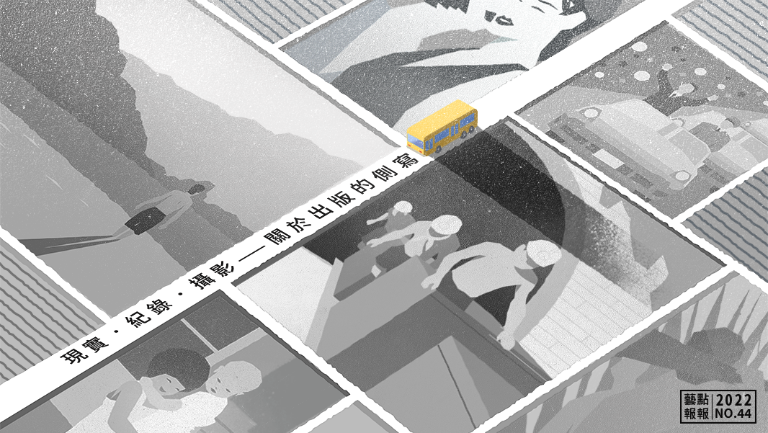Humans rely on water for survival. All physiological functions of our body—cell metabolism, blood circulation, thermoregulation, and more—depend on the consumption of water. The human body consists of 60 to 70% water, and the planet we live on, including our daily lives and living environment, is intrinsically related to the flow of water and geological processes. Due to the shortage of water resources caused by environmental factors such as population growth, climate change, underwater ecological changes, glacier melting, and so forth, scientists predict that the "water crisis" will pose a major threat to the future of humanity!
The connection between humans and water manifests in physiological needs, but is also deeply rooted in cultural, emotional, philosophical, and environmental aspects. Water has no fixed meaning, but often acts as a symbol for pondering time, fate, and existence. Soft but able to wear away rocks, water serves for transportation, carries boats, yet also capsizes them. When a flood comes, it can strike as viciously as a beast and destroy people's lives in seconds. The characteristics of water: flowing, unrestrained, unpredictable, and indescribable, inspire artists to reflect on uncertainty and change in their creations. For instance, Water, a dance piece by the Kaohsiung City Ballet, combines ballet and poeticism to convey water's strength in flexibility. This production especially invited dance prodigy Kuo-Chuang Wang, a Kaohsiung native who has lived in Europe for 20 years and was selected as one of the top nine artists of Lucerne, and Romanian choreographer Constantin Georgescu, who has created pieces in many countries including Italy, Germany, Switzerland, and Korea. Together, they crafted an exquisite ballet themed on "water" that showcases both creativity and dancers' outstanding ballet technique.
"Wading" represents mankind's encounter with water, an excursion into and physical engagement with this essential liquid. By immersing part of our bodies and treading in water, we experience the world's fluidity and uncertainty through flesh and bone, tap into a primeval memory that transports us to bygone situations. For instance: Li Pin-Fen's poetry collection Last Night I Waded (昨夜涉水) relates reflections on life from the perspectives of time and materiality—quintessential pillars of reality, expressing both submission to fate and the desire for freedom. Every poem evokes the nourishment and vanishing of life with depth and abundance akin to water. In Glacial Landscapes, Sheng-Hung Shiu uses vintage postcards and media to portray the disappearing sight of glaciers through painting, conveying the artist's concern towards the central issue of "time". Melting glaciers speak to impermanence and glacial sceneries serve as a metaphor for time.
"Tracing" the relationship between people and water involves visuals, audio, installations, and other forms of media to explore hydrology and its relevant body of knowledge. Po-Hao Chi's Traceability Project presents the process of water tracing. A variety of elements and information are integrated into exhibits that include documents, audio, installations, and other formats. Data gives a voice to local waters and reveals the hydrological stories of Xizhi, both an artistic journey and shared learning with the environment. Cheng-Tang Hsu's Zhuoshui River Project deals with the complex relation between rivers, society, and the environment, weaving poetry about contemporary society and the environment. His photography engages with society by recording its interactions and relationship with rivers, highlighting the impact of modernization on the natural environment and demonstrating that more than art, images can serve as a medium for social practice and cultural reflection.
"Echo" embodies people's call to water and regards underwater creatures as reflectors of emotions and ethics. It allows viewers to re-examine the relationship between humans and nature. Guan-Zhong Hu's prose collection Echo in the Water focuses on the life patterns of Taiwan's freshwater fish and their impact on humans. In an emotional style, Hu looks into the ecological challenges faced by fish. From the freshwater waspfish to the tilapia, he describes in detail the biological features of each fish and exposes the cultural contradiction of fish being defined as "resources" under the legal framework. Echoes in the Water is the posthumous work of the writer Guan-Zhong Hu. The book totals 80,000 Chinese characters in prose. Divided into four volumes, it centers on human observation, collection, understanding, and thinking of freshwater fish. The National Culture and Arts Foundation (NCAF)'s Online Grant Portfolio Archive retains the work and preserves the swan song of this young artist.
Numerous instances of contemporary art inspired on water can also be seen abroad. The Metropolitan Museum of Art in New York, USA held an exhibition titled Water Memories in 2022, which examines the importance of water to Native Americans and other ethnic groups through historical, modern, and contemporary art. The exhibition warns viewers that water, an ordinary thing, is a precious asset that all humans need to protect urgently. The exhibition overview states, "Water reflects our emotions, awakens the senses, and excites imagination … The works collectively reveal how—across time and place—water provides nourishment, sanctuary, and healing while also activating protest, conflict, and complex dialogue."
From art to literature, the symbol of water guides humans to contemplate life, time, social practices, and cultural reflections. In the diverse expressions of contemporary art, water, as a dynamic and metaphorical element, offers an endless and open avenue for exploration.
*Translator: Linguitronics

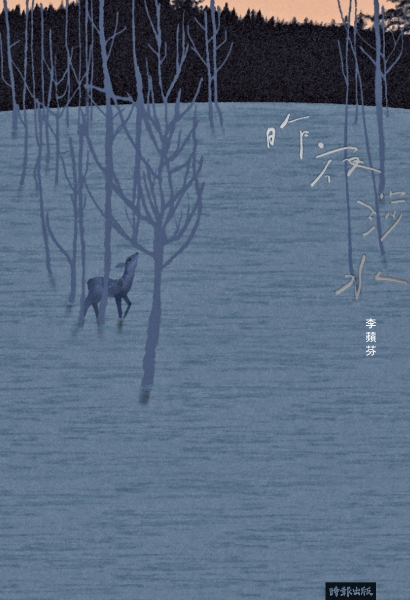
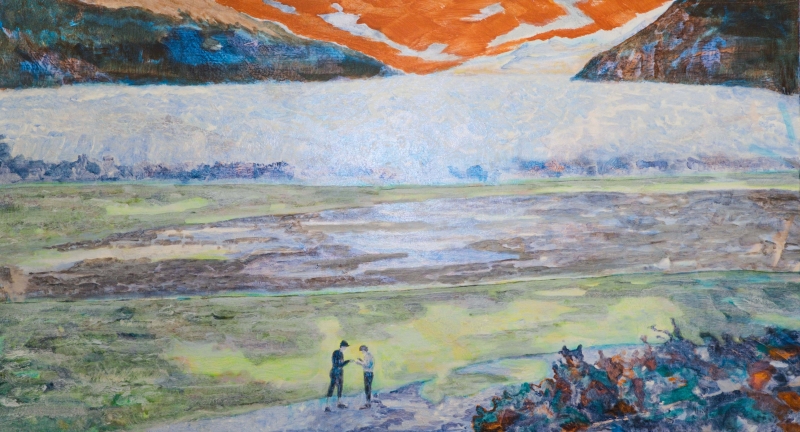

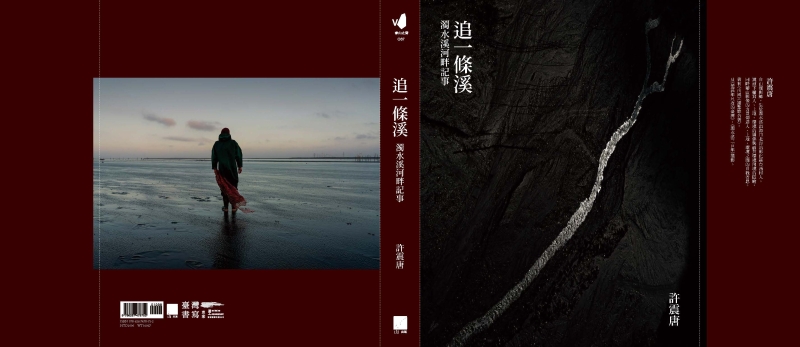
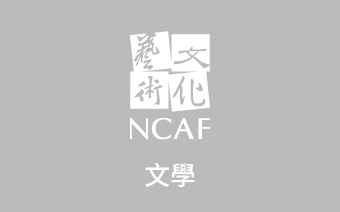
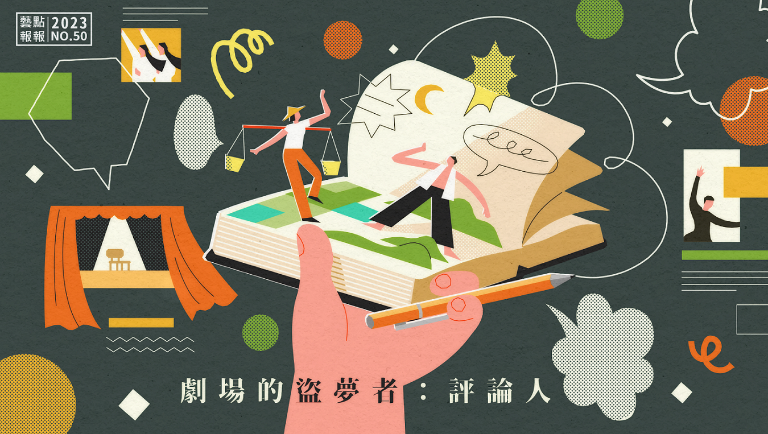
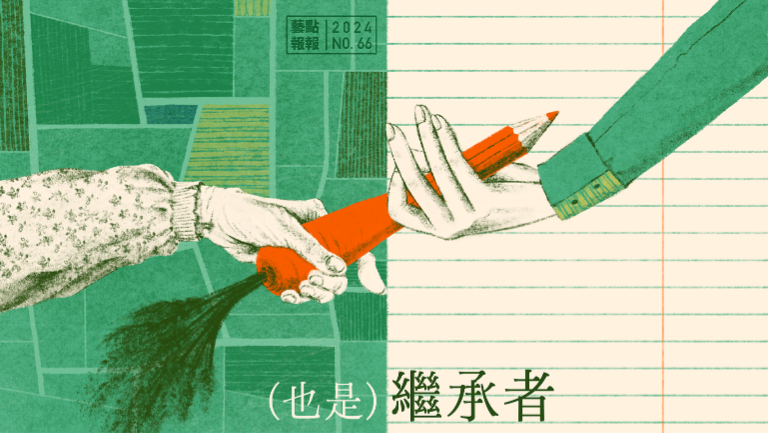
_1693364704555.jpg)
